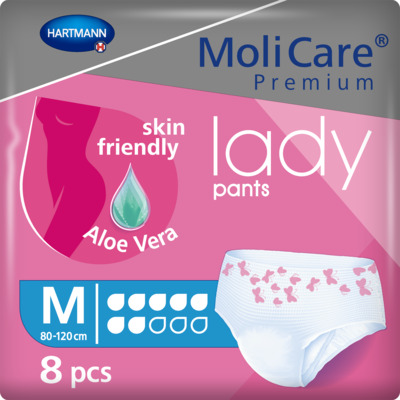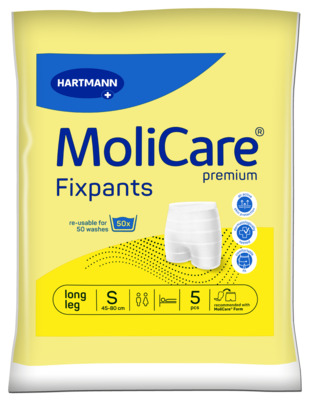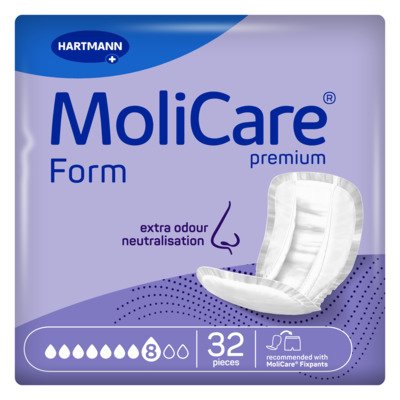Active living
Strengthen and Support: Pelvic Floor Exercises for Women
Improve Bladder Control and Enhance Daily Life with Targeted Exercises and Helpful Tips. You can also use our adult incontinence pads to help manage any incontinence related issues associated with a weakened pelvic floor.

elderly woman making pelvic floor exercises (Image source: PAUL HARTMANN)
Pelvic Floor Exercises for Women
A strong pelvic floor supports your bladder during physical activities, reducing symptoms of bladder weakness. The great news is that just 5-10 minutes of daily pelvic floor training can give positive results and blend effortlessly into your daily routine. Begin your training today with the exercises featured in this article, and for more information on sports with incontinence, check out our article on "Sport with Incontinence."
Why is pelvic floor training important for women?
During pregnancy or after giving birth, women commonly experience weakened pelvic floor muscles. This is due to the supportive role of these muscles, as they hold the uterus and baby in place. Additionally, pregnancy hormones loosen the muscle group in the lower pelvic area to prepare the body for childbirth. To learn more about managing incontinence during pregnancy, explore our informative article on "Pregnancy and Incontinence."
Proper breathing during pelvic floor training
Breathing technique is a crucial component of pelvic floor training. The diaphragm and pelvic floor are closely connected, allowing the pelvic floor muscles to contract powerfully and relax.
Understanding pelvic floor muscles
The pelvic floor muscles are some of the most important muscle groups in the body, located between the pubic bone in the front of the pelvis and the coccyx. These muscles consist of three overlapping layers.
Functions Of The Pelvic Floor Muscles
- Support the bladder and bowel
- Promote bladder and bowel function
- Prevent unintentional urine leakage (incontinence)
- Support sexual function
Sensing your pelvic floor
To begin your training, it is crucial to know the location of the pelvic floor and how to target it precisely. Follow these steps:
- Visualise yourself stopping urination (weeing) on the toilet, replicate this by contracting these same muscles of your pelvic floor.
- This enables you to identify the muscles that will be trained in the following exercises.
- Remember, it's important to avoid using this technique while actually urinating to prevent urinary tract infections due to improper bladder emptying.
Key aspects for pelvic floor training
The key is to make your training program as enjoyable as possible.
- Choose a quiet time and place where you can focus on the exercises without distractions.
- Wear loose workout clothes,
- stop eating at least an hour before exercising,
- empty your bladder beforehand.
When you're ready to begin, follow the instructions for each exercise and repeat them three to five times.
Hold each active position for 3-10 seconds, gradually increasing the duration as you become more comfortable.
Make sure to relax for twice as long as you hold the active position at the end of each repetition.
It's important to listen to your body and never push yourself to the point of pain. With regular training, you'll start to see results.
Prioritise self-care with regular pelvic floor training to alleviate incontinence symptoms. To enhance your comfort, check out our webshop for a wide range of incontinence pads with different absorbencies, to give you a comfortable and confident feeling during exercise.
However, it's important to remember that pelvic floor exercises are not a substitute for regular examinations by your gynaecologist or urologist.











